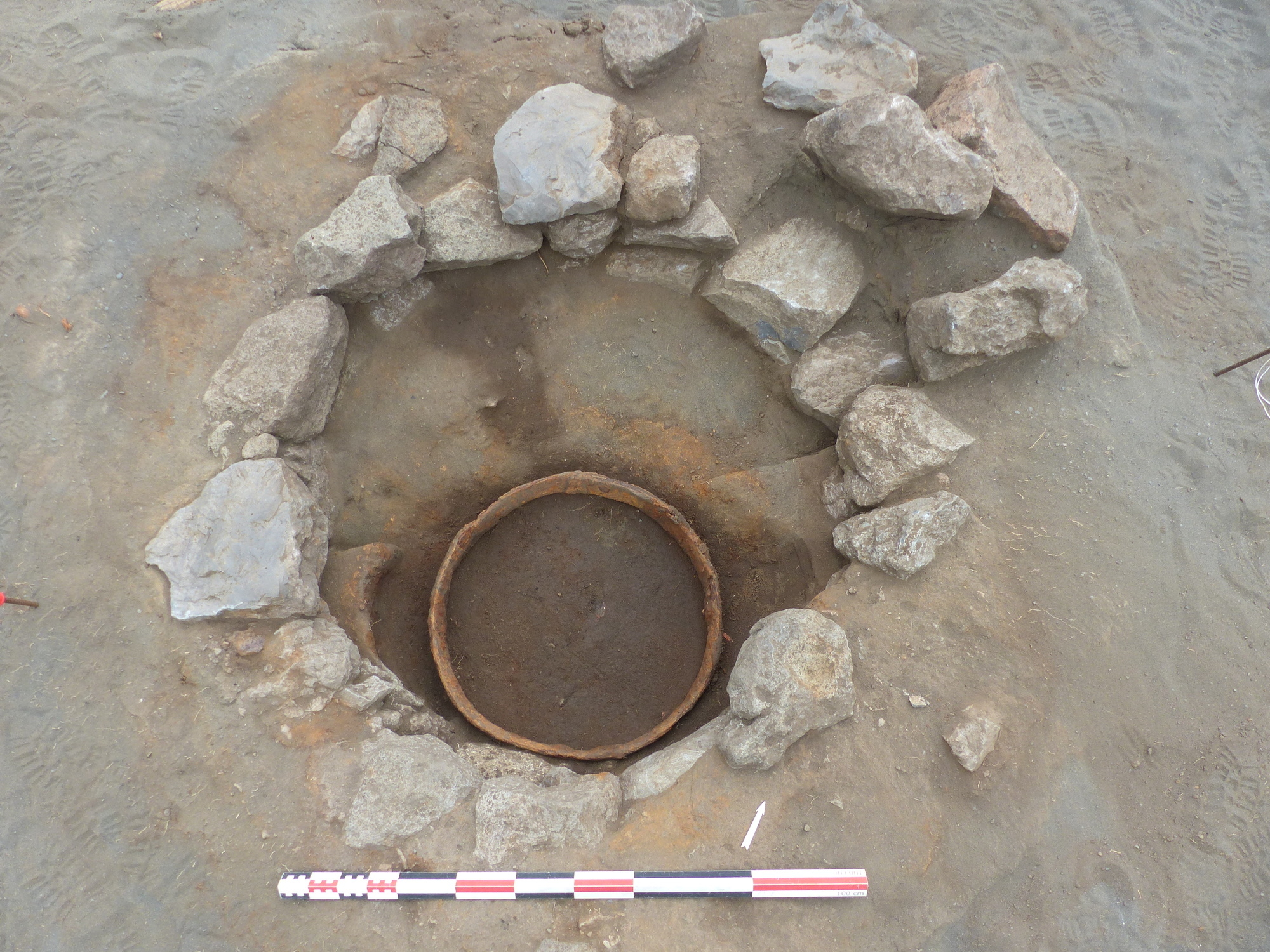
- Home
- Archaeology on Reunion Island
- An island with multiple potential
- Saint-Paul: Route des premiers Français
During a rescue excavation organised by Inrap in 2018, the remains of an 18th century agricultural settlement were uncovered in Saint-Paul. This is the first time archaeologists had been able to record this kind of settlement on Réunion.
Situated in the Baie de Saint-Paul, the site is located at the foot of a cliff on the Route des premiers Français. As its toponym suggests, this area is close to what is probably the settlement founded by the first settlers to live on the island in the 17th century.
An organised agricultural settlement
Archaeologists identified several buildings constructed on masonry flashing and posts and uncovered ceramic ware including porcelain imported from China, stoneware from mainland France, metal objects, glass containers and kaolin pipes. This group of artefacts dates the settlement to the second half of the 18th century.
Archaeologists also found evidence of agricultural activities close to the buildings. The initial findings of a sample analysis suggest pepper plants were grown here. Several species were grown throughout the 18th and 19th centuries (Piper borbonense and Piper nigrum).
Surprising structures
Three masonry basin alignments were also discovered on the agricultural site.
Deposits of articulated animal bones belonging to pigs, kids, birds and dogs were found in large numbers. Scattered across the settlement, they were most probably for sanitary use. This practice has enabled archaeologists to reconstruct part of the 18 thcentury farmyard, and to understand the diet of these early settlers.
Associated media
Open Media Library

General plan (Saint-Paul, Route des premiers Français, 2018)

Remains of a building (Saint-Paul, Route des premiers Français, 2018)

Area built on posts (Saint-Paul, Route des premiers Français, 2018)

Goat skeleton (Saint-Paul, Route des premiers Français, 2018)

Stone-lined pits (Saint-Paul, Route des premiers Français, 2018)

Section cut of a pit (Saint-Paul, Route des premiers Français, 2018)

Sandstone salting tub (Saint-Paul, Route des premiers Français, 2016)

Salting tub after conservation (Saint-Paul, Route des premiers Français)

